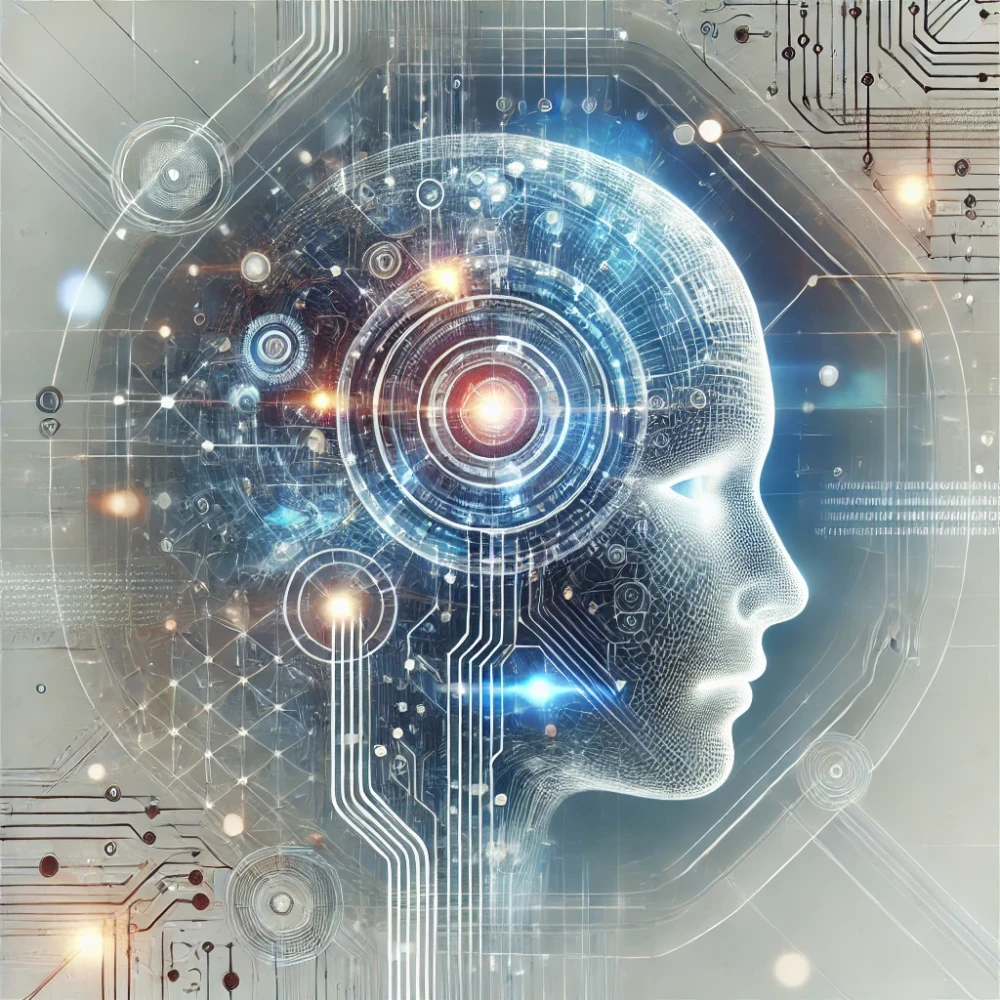
02/12/2024
1611
Advantages and Disadvantages of Artificial Intelligence Among Young People
Artificial intelligence (AI) has emerged as one of the most transformative technologies of our time, influencing virtually every aspect of daily life. From personalized recommendations on streaming platforms to advanced learning tools in education, AI is especially impacting young people, who are both its avid users and the generation most affected by its rapid adoption. While AI offers numerous advantages for youth, it also brings challenges that require thoughtful consideration and management.
Advantages of AI Among Young People
1. Enhanced Learning Opportunities
AI has revolutionized education by making personalized learning accessible to students worldwide. Platforms such as Duolingo, Khan Academy, and other AI-powered tools adapt to individual learning paces and styles. This ensures that students can grasp concepts effectively and receive immediate feedback, which can be particularly beneficial for those who struggle in traditional classroom settings. Moreover, AI-driven applications can break language barriers, making education more inclusive.
2. Improved Career Readiness
AI exposes young people to cutting-edge technologies that are integral to modern workplaces. By learning how to use AI tools, students develop skills in data analysis, programming, and problem-solving, which are highly valued in the job market. Tools like ChatGPT, Grammarly, and AI-assisted design platforms help young people streamline their tasks, boosting productivity and creativity. As a result, young people equipped with AI literacy are better prepared for careers in tech-driven industries.
3. Accessibility and Inclusion
AI enhances accessibility for people with disabilities, offering young individuals tools like speech-to-text converters, sign language interpreters, and smart assistants. These innovations break down barriers for students with special needs, enabling them to participate in educational and social activities on an equal footing with their peers.
4. Entertainment and Social Connectivity
AI powers many forms of entertainment that young people enjoy, including music streaming, video recommendations, and gaming. Social media platforms use AI algorithms to connect users with content and communities that match their interests. This fosters a sense of belonging and allows young people to engage with diverse perspectives.
Disadvantages of AI Among Young People
1. Over-Reliance on Technology
While AI simplifies many tasks, over-reliance on it can weaken essential skills such as critical thinking, problem-solving, and creativity. For instance, students who depend heavily on AI tools for essay writing or calculations might struggle to perform these tasks independently. This dependency risks creating a generation that is less self-reliant and innovative.
2. Privacy Concerns
AI systems collect vast amounts of personal data to function effectively, which raises significant privacy concerns. Young people often share their information without understanding how it is used or stored. Misuse of data by companies or cyberattacks can lead to identity theft, data breaches, or other forms of exploitation.
3. Mental Health Risks
AI-driven algorithms on social media platforms are designed to maximize engagement, which can lead to excessive screen time and addictive behaviors. These algorithms often expose young people to unrealistic standards of beauty, success, or lifestyle, contributing to anxiety, depression, and low self-esteem. Additionally, the spread of misinformation and cyberbullying through AI-powered systems further exacerbates these issues.
4. Job Displacement Concerns
While AI creates new career opportunities, it also threatens to automate many jobs, particularly entry-level roles that young people often pursue. This creates uncertainty about job prospects and the need for continuous upskilling to stay relevant in an AI-dominated economy.
5. Ethical and Bias Issues
AI systems are not immune to bias, as they are trained on historical data that may reflect societal prejudices. This can result in discriminatory outcomes in areas such as hiring, lending, or education. For example, AI algorithms may unintentionally favor one demographic over another, creating challenges for young people from underrepresented groups.
Striking a Balance: Mitigating the Downsides of AI
To harness the benefits of AI while minimizing its drawbacks, a balanced approach is essential:
• Education and Awareness: Schools should integrate AI literacy into curricula, teaching young people how to use AI responsibly and critically. This includes understanding the ethical implications and potential biases of AI systems.
• Regulation and Oversight: Governments and tech companies must work together to create policies that protect young people's privacy and ensure ethical AI use. Transparency in how AI algorithms function can help users make informed choices.
• Parental and Peer Support: Parents and peers play a crucial role in guiding young people toward responsible AI usage. Encouraging offline activities, promoting digital detoxes, and discussing the potential risks of AI can help mitigate its adverse effects.
• Equipping for the Future: Emphasizing skills that AI cannot easily replicate, such as emotional intelligence, creativity, and critical thinking, will prepare young people for the evolving job market. Vocational training and lifelong learning initiatives can also help them adapt to technological changes.
Conclusion
Artificial intelligence is a double-edged sword for young people, offering unparalleled opportunities while presenting significant challenges. On one hand, AI empowers youth with personalized learning, career readiness, and inclusivity. On the other, it raises concerns about privacy, mental health, and ethical issues. By fostering awareness, implementing regulations, and encouraging responsible use, society can ensure that AI becomes a tool for empowerment rather than a source of dependency or harm.
As the first generation to grow up with AI as an integral part of daily life, young people have a unique opportunity to shape its future. With thoughtful engagement and proactive measures, they can leverage AI to build a brighter and more equitable world.
Yagshymyrat OVEZOV,
3rd year student of the Faculty of International
Economic Relations
of the Institute of International Relations
of the Ministry of Foreign Affairs of Turkmenistan.
Soňky täzelikler
.jpeg_1764761408.webp)
03/12/2025
INTERNATIONAL VOLUNTEER DAY
02/12/2025
Ýokary hünär taýýarlygy tejribeden başlanýar